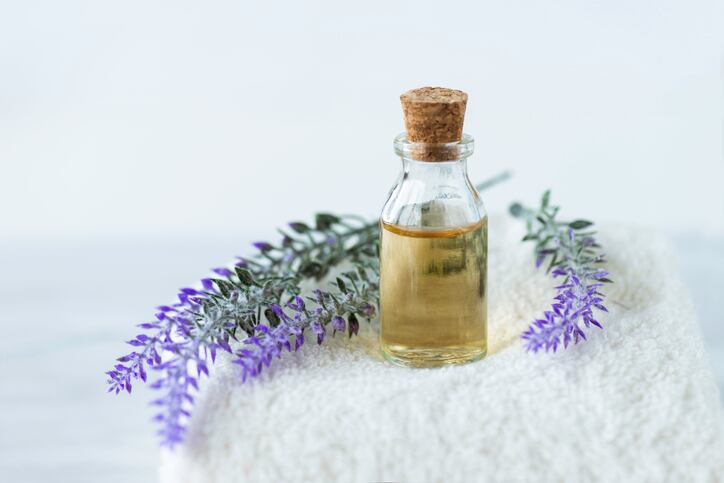Writing in Applied Food Research, researchers from India’s National Institute of Food Technology Entrepreneurship and Management investigated current food and non-food applications of citrus fruit processing waste.
Findings showed that citrus fruit waste – the seeds, peel, pulp and pomace that represented “practically half of the fresh fruit mass” – offered promise as upcycled ingredients because of the plethora of bioactive phytochemicals and aroma-giving properties they contained. And for cosmetics, “high-value compounds” like essential oils and unique fragrances made citrus fruit waste a suitable choice, the review found.
Citrus peel waste – anti-ageing, skin health and brightening
In cosmetics, the researchers said citrus waste could be used in body sprays, body lotions, soaps and creams. “Being a rich source of bioactive compounds, antioxidants, vitamins (vitamin C and E), and polyphenolic compounds, nowadays, agro-industrial waste is also utilised as an active ingredient for skin care products,” the researchers wrote in the review.
“Citrus peel waste is one such agro-waste that is extensively used in the cosmetics industry,” they said.
Citrus peel, which was high in antioxidants, for example, could be as an anti-ageing agent, offering anti-collagenese and anti-elastase potential, or incorporated into skin care formulas to reduce skin-related issues like acne. Peel waste, particularly orange-peel waste, could also be used in skin whitening creams or treatments for dark spots and hyperpigmentation due to its high anti-tyrosinase activity leading to the lowering of melanin pigment. Research remained ongoing in the field of skin brightening formulas and essential oils extracted from citrus peel waste could be used as fragrance components.
“Citrus peels offer vast potential for the valorisation of natural antioxidants, pectin, enzymes, and essential oils,” the researchers said, though more research on the “effectiveness” when used in cosmetics was needed still.
Citrus fruit seeds – ‘remarkable’ properties for soap
Beyond citrus peel potential, the seeds of citrus fruits also offered plenty of “potent valuable compounds” like essential oils, polyphenols and carotenoids, the researchers said.
“Being a rich source of natural oil, citrus seeds are economically utilised in the cosmetic industry for the preparation of soaps, body lotions, body sprays and other cosmetic products,” they wrote.
Citrus seed oil, for example, could be used in medicinal soaps given its “remarkable anti-microbial, anti-fungal, anti-parasitic and antioxidant properties”, they said.
The researchers said there was clearly potential to create value-added products considering recent work reported on the “valorisation and utilisation” of citrus fruit waste in a variety of applications, including cosmetics.
Future research and industrial frameworks needed
However, there was more to learn, they said. “Future research directions need to be explored for the valorisation of citrus fruits waste as it not only valorises waste disposal problems but also provides solutions to eliminate environmental pollution.”
Moving forward, an “industrial framework with an idea of the circular economy for a possible sustainable approach for the utilisation of citrus waste leading to zero waste” would also need to be more widely developed, the researchers said.
Worldwide, Spain, South Africa and Turkey were important exporters of citrus fruits from the EMEA region. Spain, for example, was the largest annual exporter of citrus fruits in the world, exporting the most oranges, tangerines, lemons and limes every year. On the processing side, Brazil was the leading processor of citrus fruits worldwide, with the US, Mexico, Argentina and China close behind.
Source: Applied Food Research
Published online ahead of print, doi: 10.1016/j.afres.2022.100050
Title: “Current applications of citrus fruit processing waste: A scientific outlook”
Authors: S. Suri, A. Singh and PK. Nema




